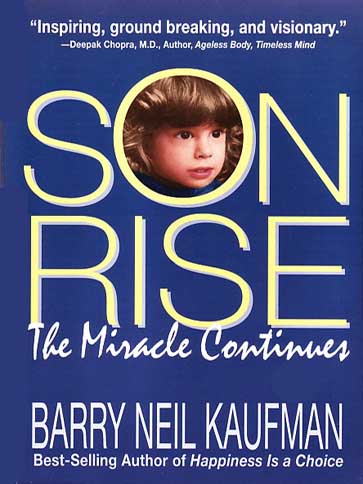The Devil Wears Prada
Lauren Weisberger
 Make a pact with the devil; you lose! Too late to save her relationship with her boyfriend, Andrea learns this hard lesson. The devil wears Prada! Amanda Priestly, editor in chief of Runway, a world famous fashion magazine based in New York, is the boss from hell, the villain of Lauren Weisberger’s best selling novel, now a best selling movie, The Devil Wears Prada.
Make a pact with the devil; you lose! Too late to save her relationship with her boyfriend, Andrea learns this hard lesson. The devil wears Prada! Amanda Priestly, editor in chief of Runway, a world famous fashion magazine based in New York, is the boss from hell, the villain of Lauren Weisberger’s best selling novel, now a best selling movie, The Devil Wears Prada.
Andrea Sachs, twenty-three year-old heroine and right out of college, takes a job as assistant to the world famous Amanda Priestly for one year in hopes of the experience of this job—a job a million girls would die for—leading to a job writing for The New Yorker, her lifelong dream. Her job requires her being on call literally twenty-four hours a day, seven days a week, leaving her no time for family and friends. She spends her day, an average of fourteen hours each, running errands, fetching Starbucks, ordering one meal after another…. Never a hello or a thank you nor even deigning to look at Andrea, Amanda treats her worse than a slave.
After nearly a year of neglect, her boyfriend Alex can take no more of the broken dates, missed or unreturned phone calls, and neglect of family and friends. Her best friend since eighth grade is Lily, who has no family but hers and needs her as her life spirals downward under the pressure of her doctorial program. While Andrea is in Paris as Miranda’s lackey, Lily ends up in the hospital, badly injured in an automobile accident while driving under the influence—Alex, a very sensitive elementary school teacher, had tried to warn Andrea that her friend was drinking too much and needed her help. Alex expects her home immediately, but Andrea cannot leave Miranda because she would be fired and miss out on the recommendation to The New Yorker Miranda has just promised her at the end of her year as Miranda’s assistant. She is almost there, just one more month to go.
But Miranda’s worsening treatment of her makes her realize what is really important to her, and throwing caution to the wind, she returns home. Having recognized the Stockholm Syndrome in Emily, another of Miranda’s assistants and Andrea’s overseer and trainer, she realized that like everyone else who worked for Miranda, she herself is beginning to show signs of that syndrome, where the victim identifies with his/her captor; for example, Emily, Miranda’s senior assistant, refuses to criticize her even when she has been so poorly treated she’s in tears. It takes Miranda herself comparing Andrea to her when she was young to wake Andrea up. Seeing herself thirty years later, lonely and unloved like Miranda is all she needs to try to get back her real self.
But is it too late, especially too late to save her relationship with her boyfriend? Make a pact with the devil…. Did she lose Alex? In spite of the hoped for ironic twist, I fear the inevitable. Yet what a great book! I am glad that I chose to read it instead of seeing the movie.
Revieded by Lee L. Peoples


 When special-education teacher Torey Hayden wrote her first bookOne Child almost two decades ago, she created an international bestseller. Her intensely moving true story of Sheila, a silent, profoundly disturbed little six-year-old girl, touched millions. From every corner of the world came letters from readers wanting to know more about the troubled child who had come into Torey Hayden’s class as a “hopeless case,” and emerged as the very symbol of eternal hope within the human spirit.
When special-education teacher Torey Hayden wrote her first bookOne Child almost two decades ago, she created an international bestseller. Her intensely moving true story of Sheila, a silent, profoundly disturbed little six-year-old girl, touched millions. From every corner of the world came letters from readers wanting to know more about the troubled child who had come into Torey Hayden’s class as a “hopeless case,” and emerged as the very symbol of eternal hope within the human spirit.